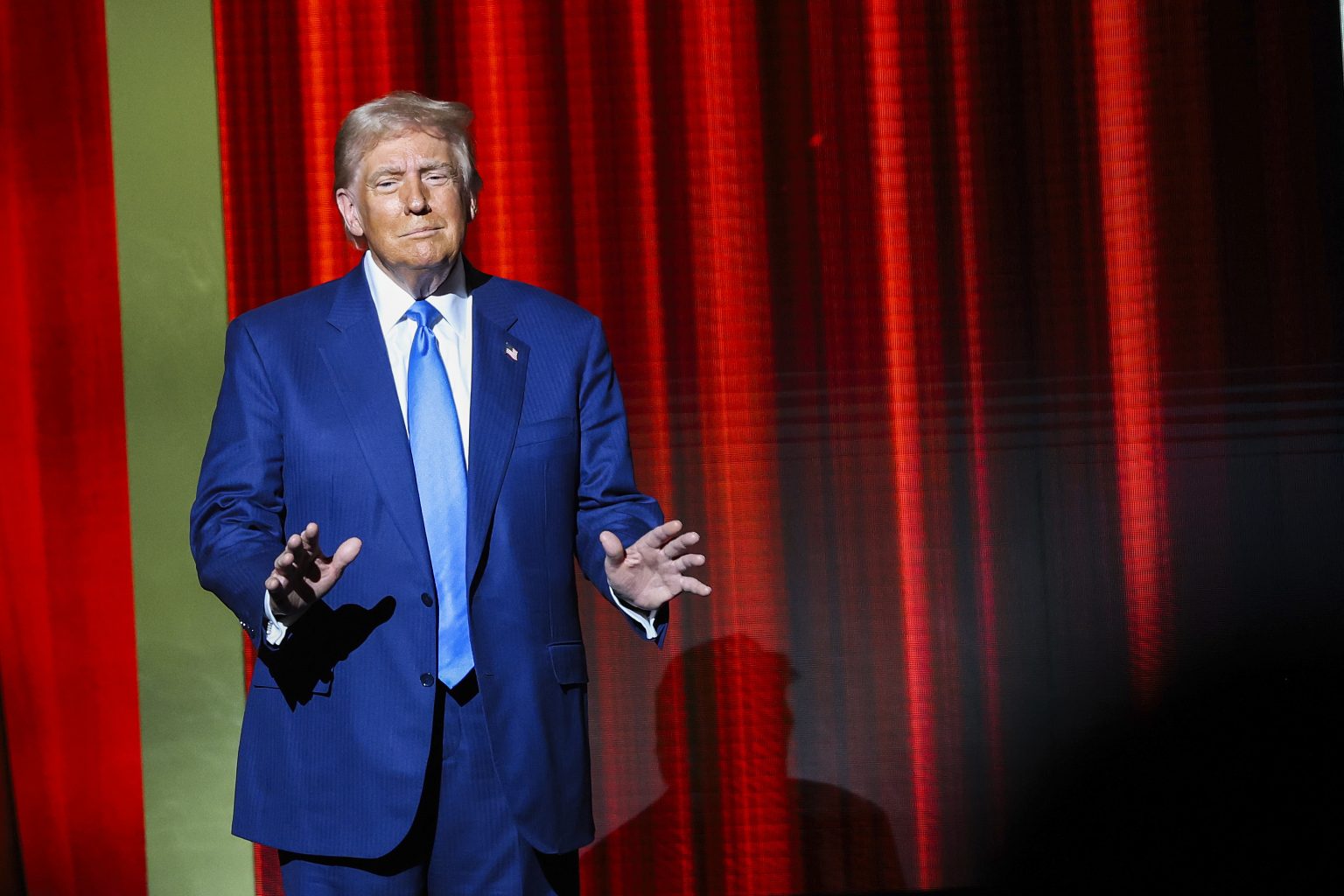The embers of hope for a ceasefire in the protracted Gaza conflict have been rekindled, with international mediators resuming discussions between Hamas and Israel. A Hamas official, speaking from Turkey, expressed optimism about the potential for an agreement to end the 14-month conflict, marking a renewed effort after talks stalled last month when Qatar withdrew its mediation due to perceived stagnation in negotiations. The revived diplomatic push, involving Qatari, Egyptian, and American mediators, focuses on a cessation of hostilities, the release of hostages held by Hamas in Gaza, and the freeing of Palestinian prisoners held in Israeli custody. This renewed effort comes amidst a shifting global political landscape, marked by the U.S. presidential election and a recent ceasefire agreement between Israel and Hezbollah in Lebanon, which potentially influence the trajectory of the Israel-Hamas negotiations.
The resurgence of ceasefire talks coincides with Donald Trump’s victory in the U.S. presidential election, adding another layer of complexity to the already intricate situation. Trump’s steadfast support for Israel and his public pronouncements on the conflict have injected both anticipation and apprehension into the discussions. While Hamas officials expressed cautious optimism about Trump’s potential influence, citing his campaign promises to end regional conflicts, they also recognize the potential for unpredictable outcomes. Trump’s demand for the unconditional release of all hostages before his inauguration, coupled with a stern warning of repercussions, has added further pressure to the negotiations.
Previous rounds of negotiations had outlined a phased approach to achieving a ceasefire. The initial phase envisioned a six-week pause in hostilities, during which vulnerable hostages – women, the elderly, and the sick – would be released in exchange for Palestinian prisoners held by Israel. This initial period would also see a scaled-back Israeli military presence in Gaza, allowing displaced Palestinians to return home and setting the stage for subsequent phases. These later phases would address the full withdrawal of Israeli forces, the release of all remaining hostages, and, crucially, negotiations for a permanent resolution to the enduring conflict. A final phase would focus on the extensive rebuilding and reconstruction of the devastated region. However, despite the renewed talks, no concrete, formalized ceasefire proposal has yet been presented to Hamas.
While the re-engagement of Qatar as a mediator offers a glimmer of hope, significant hurdles remain. The involvement of President-elect Trump’s Middle East envoy, Steve Witkoff, who has met separately with Israeli and Qatari leaders, underscores the heightened international attention focused on resolving the Gaza conflict. Qatar’s public commitment to securing a ceasefire before Trump’s inauguration adds further impetus to the negotiations. Hamas continues to advocate for a permanent ceasefire, the complete withdrawal of Israeli forces from Gaza, and the right of return for displaced Palestinians. However, the group has also signaled a willingness to be flexible, particularly regarding the timeline for Israeli withdrawal, suggesting a potential pathway to compromise.
The current conflict, which erupted in October 2023 with a Hamas-led attack on southern Israel, has left a devastating trail of destruction and loss. The initial attack resulted in the deaths of approximately 1,200 people in Israel, mostly civilians, and the capture of around 250 hostages, many of whom are still unaccounted for and feared dead. Israel’s subsequent retaliatory campaign has inflicted a heavy toll on Gaza, with Palestinian authorities reporting over 44,500 casualties, over half of whom are women and children. The staggering human cost underscores the urgency of achieving a lasting peace.
The renewed ceasefire talks represent a fragile opportunity to break the cycle of violence and suffering that has gripped Gaza for over a year. While significant challenges lie ahead, the willingness of both sides to re-engage in dialogue, coupled with the intensified international diplomatic efforts, offers a glimmer of hope. The potential influence of the incoming U.S. administration, coupled with the regional dynamics, adds a new dimension to the negotiations. Whether these efforts will translate into a concrete and sustainable ceasefire remains uncertain, but the renewed diplomatic momentum provides a crucial window for achieving a resolution to this protracted and devastating conflict.


